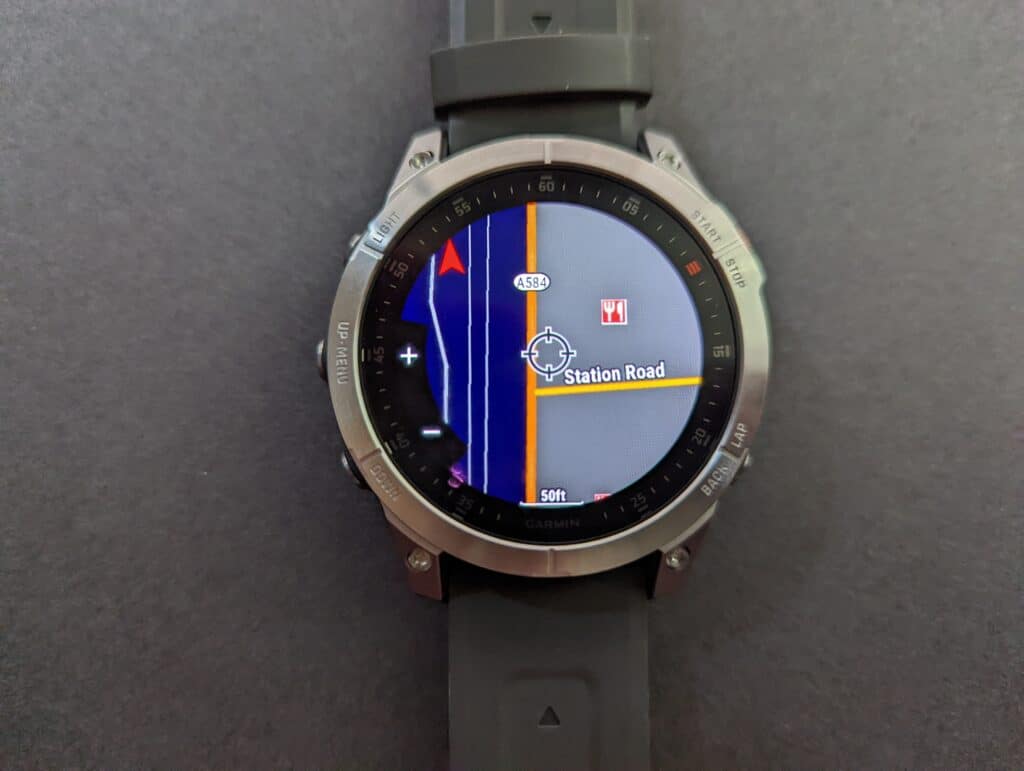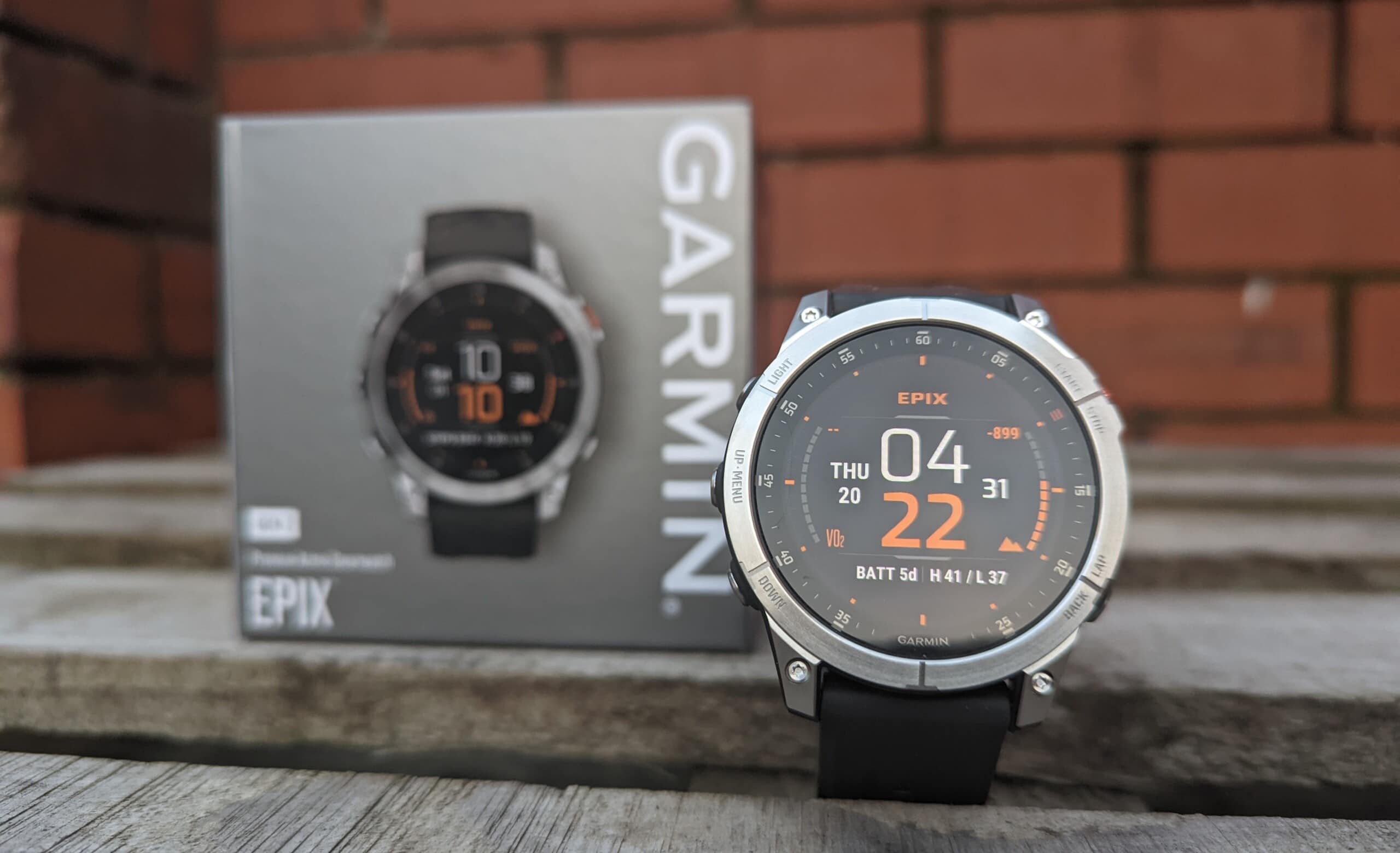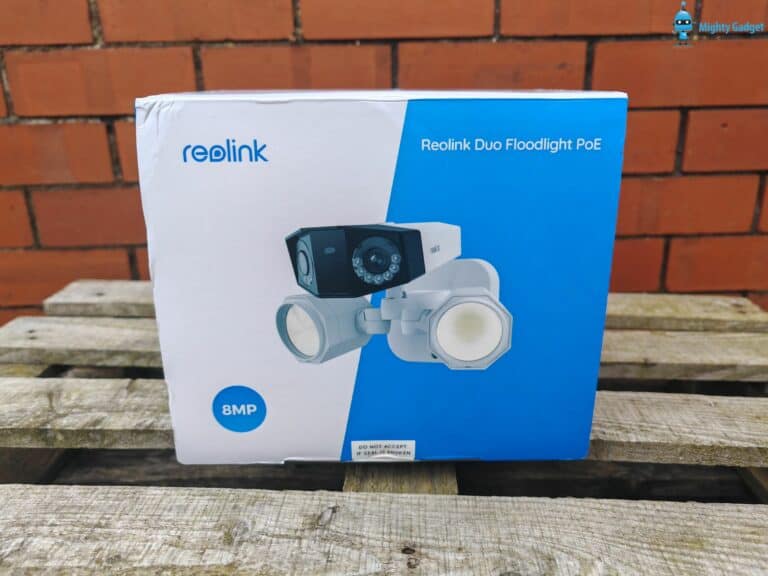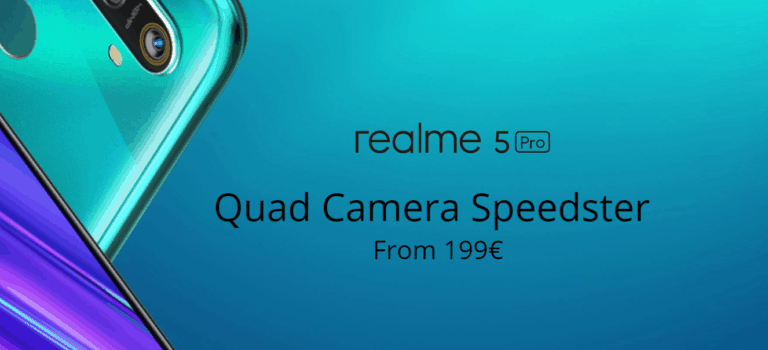Any links to online stores should be assumed to be affiliates. The company or PR agency provides all or most review samples. They have no control over my content, and I provide my honest opinion.
Multiband Global Navigation Satellite System (GNSS) is a compelling piece of tech that Garmin and other brands have been rolling out onto their GPS equipped sports devices such as the Garmin Epix 2, Fenix 7 and the Venu 3.
What is GNSS? Is GNSS the same as GPS?

When it comes to location technology, terms like GPS and GNSS are often tossed around interchangeably, but they’re not quite the same thing. If you dig a little deeper, the distinctions become crucial, particularly if you’re keen on understanding the nitty-gritty of navigation tech.
GPS, or Global Positioning System, is a satellite-based navigation system owned by the United States. It’s essentially America’s contribution to the world of satellite navigation and has been fully operational since 1995. The GPS constellation consists of around 31 satellites orbiting Earth, providing geolocation and time information to GPS receivers anywhere on the planet.
GNSS, or Global Navigation Satellite Systems, is a broader term that encompasses all global satellite positioning systems, including GPS (U.S.), GLONASS (Russia), Galileo (European Union), and BeiDou (China), among others. Think of GNSS as the umbrella term under which all these individual systems fall. Each of these systems has its own constellation of satellites, and they all serve the same fundamental purpose: providing accurate location and timing information to receivers on Earth.
How Accurate is GNSS?
When it comes to GNSS accuracy, there’s a bit of nuance involved. Generally speaking, standard GNSS systems can provide accuracy within a range of about 1 to 5 metres under open sky conditions, which is decent for most consumer applications like car navigation or location tagging on social media. However, this isn’t the end of the story, as several factors can affect the system’s accuracy.
First off, let’s talk about environmental elements. Buildings, trees, or any tall structures can cause a phenomenon known as “multipath error,” where the satellite signal bounces off these structures before reaching your GNSS receiver. This can lead to inaccuracies in position data. Similarly, atmospheric conditions, specifically the ionosphere and troposphere, can also introduce errors into the signal. In situations like these, even the best GNSS receiver is going to have a tough time nailing that pinpoint accuracy we all desire.
Multiband systems can deliver sub-meter to centimetre-level accuracy, provided all the bells and whistles are in place like a clear line of sight to the sky and minimal atmospheric interference.
What is Multiband GNSS?
Traditional GNSS systems operate on a single frequency band, but the multiband GNSS kicks it up a notch by operating on multiple frequency bands simultaneously. This makes it a game-changer in terms of accuracy, speed, and reliability.
So, what’s the fuss about multiple frequency bands? To grasp this, let’s take a step back and talk about GNSS signals. When a satellite sends a signal to a GNSS receiver—your smartphone, for instance—that signal has to pass through Earth’s ionosphere. The ionosphere can mess with the signal, leading to inaccuracies in your positioning data. In single-frequency systems, you can apply algorithms to mitigate this, but they’re not fully accurate.
Enter the multiband GNSS. By simultaneously receiving signals on different frequency bands, these advanced systems can directly calculate and correct ionospheric errors. It’s a bit like triangulating your position in three-dimensional space but on steroids. The result? Far more accurate positioning data, often within a matter of centimetres. This level of accuracy is critical in applications like drone navigation, precision agriculture, and high-stakes financial trading, where milliseconds and centimetres can make a world of difference.
Moreover, the added frequency bands increase the speed of ‘Time to First Fix’ (TTFF). In layman’s terms, that’s the time your device takes to lock onto a satellite and start giving you accurate location data. If you’ve ever noticed that your smartphone or satnav takes a while to locate you after you’ve turned it on, that’s TTFF in action. With multiband GNSS, you can expect quicker fixes, making the technology invaluable for real-time navigation and emergency services.
But let’s not forget the robustness of multiband systems. When you’re tapping into multiple frequencies, you’ve essentially got fallback options if one band encounters interference or noise. For critical systems like aviation or maritime navigation, this fail-safe characteristic is more than just a nice-to-have; it’s essential.
Now, for the elephant in the room—cost. Multiband GNSS receivers are significantly more expensive than their single-band counterparts. However, the benefits they offer, especially in professional use-cases, often outweigh the initial outlay. Over time, it’s likely that the cost will drop, making this technology more accessible to the general consumer market.
To sum it up, multiband GNSS is like the Swiss Army knife of satellite navigation. By leveraging multiple frequency bands, it delivers enhanced accuracy, speed, and reliability, setting a new standard in satellite-based positioning systems. Whether you’re navigating drones, plotting land surveys, or simply finding the quickest route on your bike, this technology promises to make your life more precise and efficient.
| SATELLITE SYSTEM | BUILT BY | GPS ONLY | MULTI-GNSS (ALL SYSTEMS) | MULTI-GNSS (ALL) + MULTI-BAND |
|---|---|---|---|---|
| GPS | United States | L1 | L1 | L1 & L5 |
| GLONASS | Russia | L1 | L1 | |
| GALILEO | European Space Agency | E1 | E1 & E5a | |
| QZSS | Japan | L1 | L1 & L5 | |
| IRNSS (NavIC) | India | L1 | L1 & L5 | |
| BeiDou | China | B1 | B1 |
Devices with Multiband GNSS
For Garmin, you now have a wide range of devices that use the new Multiband GNSS chipsets:
- Approach S70 – 47mm
- D2 Mach 1
- epix (Gen 2) Sapphire
- epix Pro (Gen 2) – Standard Edition 42mm and all other models in the epix Pro (Gen 2) series
- fēnix 7 Sapphire Solar and all other models in the fēnix 7 Sapphire Solar series
- fēnix 7 Pro Solar and all other models in the fēnix 7 Pro Solar series
- fēnix 7 Pro Sapphire Solar and all other models in the fēnix 7 Pro Sapphire Solar series
- Edge 540 | Edge 540 Solar
- Edge 840 | Edge 840 Solar
- Edge 1040 | Edge 1040 Solar
- Enduro 2
- Forerunner 255 | Forerunner 255S | Forerunner 255 Music | Forerunner 255S Music watches
- Forerunner 265 | Forerunner 265S watches
- Forerunner 955 | Forerunner 955 Solar watches
- Forerunner 965 watch
- Foretrex 801 | Foretrex 901 Ballistic Edition
- GPSMAP 65 | GPSMAP 65s
- GPSMAP 66sr
- GPSMAP 67| GPSMAP 67i
- Instinct 2X Solar | Instinct 2X Solar – Tactical Edition Watches
- tactix 7 – Standard Edition and all other models in the tactix 7 series
I am James, a UK-based tech enthusiast and the Editor and Owner of Mighty Gadget, which I’ve proudly run since 2007. Passionate about all things technology, my expertise spans from computers and networking to mobile, wearables, and smart home devices.
As a fitness fanatic who loves running and cycling, I also have a keen interest in fitness-related technology, and I take every opportunity to cover this niche on my blog. My diverse interests allow me to bring a unique perspective to tech blogging, merging lifestyle, fitness, and the latest tech trends.
In my academic pursuits, I earned a BSc in Information Systems Design from UCLAN, before advancing my learning with a Master’s Degree in Computing. This advanced study also included Cisco CCNA accreditation, further demonstrating my commitment to understanding and staying ahead of the technology curve.
I’m proud to share that Vuelio has consistently ranked Mighty Gadget as one of the top technology blogs in the UK. With my dedication to technology and drive to share my insights, I aim to continue providing my readers with engaging and informative content.







